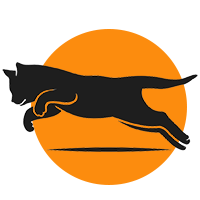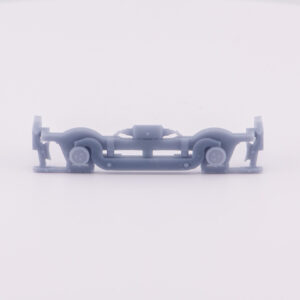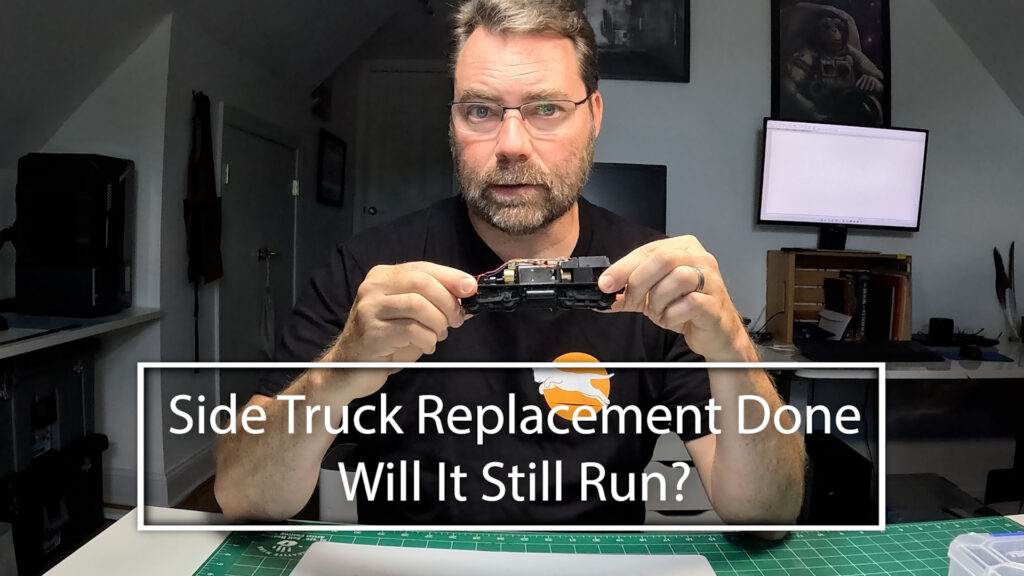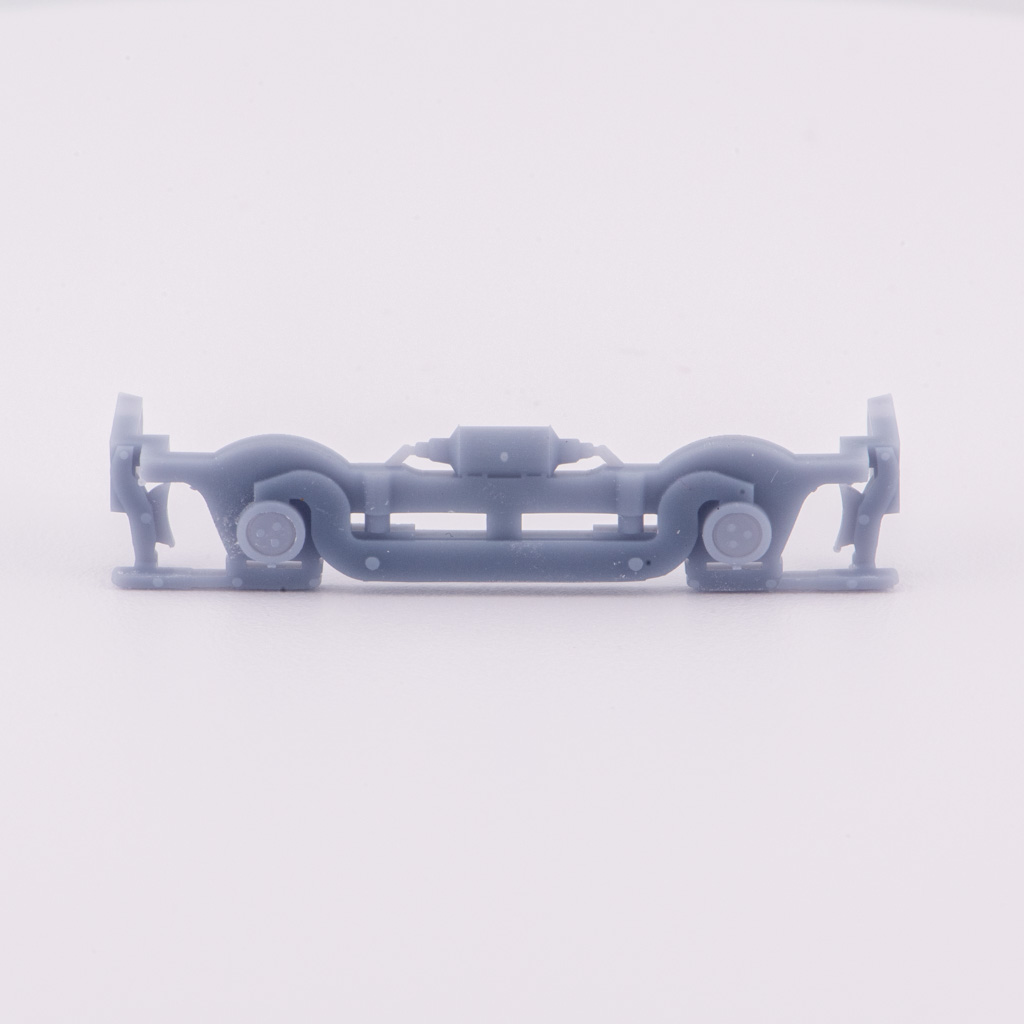Inspiration and Prototype Research
The Secret to a Quiet, Smooth Model Train Engine
Table of Contents
Watch Along: Lubrication Basics
Simple Steps to Keep Your Locomotives Running Smoothly
If you’re just getting started in model railroading, here’s something I’ve learned over the years: taking care of your locomotives isn’t just about keeping them looking good—it’s about understanding what makes them tick. And honestly? Once you get the hang of it, this kind of maintenance becomes one of the most satisfying parts of the hobby.
I just finished working on an FEC SW1200 switcher, and the whole process reminded me why I love sharing these practical tips. It’s a perfect example of how a little careful attention can completely transform your engine’s performance, even if you’re brand new to all this.
Why This Matters (And Why I’m Excited to Share It)
When you first see a model train gliding along your tracks, there’s something almost magical about it. But like any good machine, your locomotive needs a bit of TLC behind the scenes to keep that magic alive. Too much oil? You’ll attract dirt and create problems. Too little? Your engine might bind up or draw too much current, making it sluggish and noisy.
What I want to share with you today came from replacing the side trucks on my SW1200 and then carefully testing and lubricating everything to bring it back to life. The lessons I learned can help you avoid the common pitfalls and get your locomotives running like they were meant to.
The Process (Step by Step, Nothing Fancy)
The first thing I did after swapping those trucks was power up the locomotive and check the current draw on my meter. This is one of those simple steps that tells you everything—if something’s binding or creating friction, you’ll know right away. In my case, the current went up a bit from baseline, which made perfect sense since new parts tend to be stiff until they break in.
Next came what I like to call “strategic lubrication.” Now, I’m not talking about just squirting oil everywhere and hoping for the best. I mean applying light oil and grease exactly where it counts. For the SW1200, that meant carefully removing the weight (those screws always make me a little nervous), exposing the gear mechanism, and applying lubricant with a small brush to the brass bushings and worm gears.
Here’s the part I find really satisfying: while running the engine at low speed, I carefully added oil and grease, watching and listening as everything started moving more smoothly. You don’t want to overdo it—just enough to let the parts do their job without fighting each other.
The results were immediate and clear. The amperage dropped, the locomotive ran quieter, and it started moving with much less effort. Just a little thoughtful maintenance made a world of difference.
My Recommendation (Simple and Sustainable)
I’ve found that checking your engines at least once a year works well for most people. Clean the wheels and pickups, and do this kind of careful lubrication when you notice things getting sluggish or noisy. It’s honestly one of the simplest ways to extend the life of your models and enjoy better performance without the frustration.
And here’s something I’ve learned: you don’t need to be intimidated by this process. Start small, observe your trains, and learn to listen to what they’re telling you. Every hum, every little stutter, is information about how well your locomotive is running.
Why I Keep Coming Back to This
If you’re new to model railroading, don’t feel like you need to master everything at once. With patience and a few basic tools, you’ll find this kind of maintenance becomes part of the joy of the hobby—not just another chore on your list.
I’ve got some exciting projects coming up, including a massive Union Pacific engine rebuild that I’m both excited and a little nervous about. But that’s the thing about this hobby—it keeps teaching you new things, and the best part is sharing what we learn with each other.
If you have questions or ideas, I’d love to hear them. We’re all figuring this out together, and that’s honestly what makes this community so special.
Here are the Side Trucks I used – Available in my train shop.

 HO Scale AAR Type A Roller Bearing Trucks for Proto2000 SW Switchers (Set of 4)
HO Scale AAR Type A Roller Bearing Trucks for Proto2000 SW Switchers (Set of 4) 
